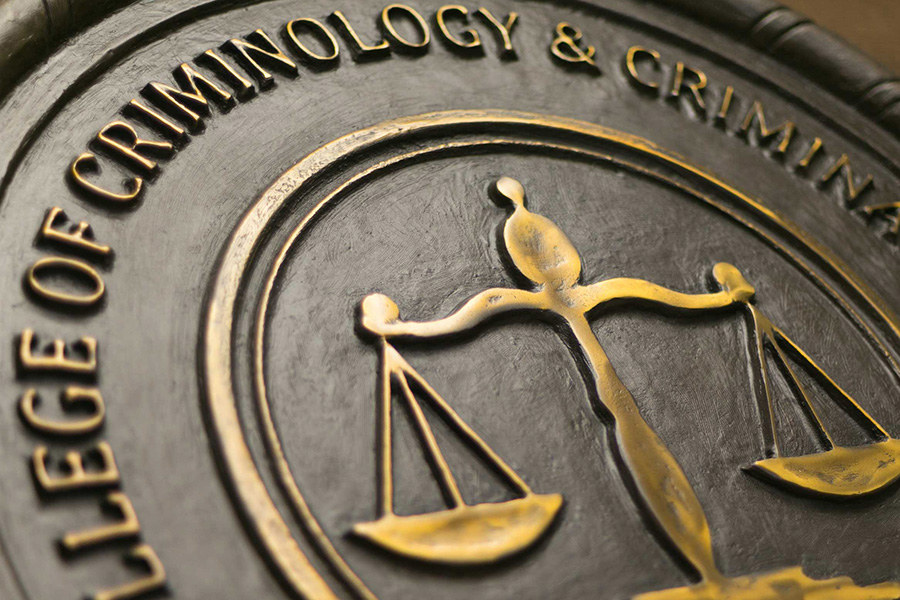As you may have noticed, I have never really gone into great detail about what it means for one to study crime. Therefore, I would like to dedicate this next passion blog to discussing criminology, the study of crime. Criminology, by definition, is a scientific study of crime that works to explain how factors such as one’s biology, financial circumstances, ethnic background, and contextual environment can play a role in one’s involvement in deviant behavior. This science, referred to as criminology, dates all the way back to the early 1800s to “ the father of criminology” Cesare Lombroso. His work became pivotal to the current state of modern criminology as he proposed that criminals were produced by inherent factors such as physical traits rather than any other factor alone. Lombroso would classify individuals as criminals by observing the size of their head, the width of their nose, the position of their cheekbones and brown line, and the length of their fingers. He would compare these individuals measurements to the measurements of convicted criminals and if their features were to match then they were to a criminal. Many scholars after Lombroso found this logic to be flawed as they realized that one’s physical traits had absolutely nothing to with whether or not they would be more or less likely to commit a crime. Furthermore, 20th century sociologist such as Edwin Sutherland continued the development of what we currently know as modern criminology by introducing a theory known as the differential association theory of crime. This term invented by Sutherland explained why one’s social interactions within society such as with peer groups and family members influenced their involvement in crime. For example, Sutherland found that boys who associated themselves with other deviant male peers were more likely to commit deviant behavior. Another theory that helped revolutionize criminology was the concept of strain theory proposed by Robert K. Merton. He proposed that the reason why people commit crime was a result of the “strain” or stress that one experiences in their everyday life. This theory more solely focuses on financial strain more than anything else. In fact, this supports the idea why most impoverished areas have the most crime. This is because the majority of the people who live in these impoverished environments are constantly under some form of strain or stress. Therefore, more robberies, burglaries, and acts of petty theft take place in these areas. Unfortunately, many of these impoverished communities are made up of people of minority. This is why most people have the impression that crime is committed by people of minority rather than white people, however, in reality it is committed by people in impoverished communities and race plays no significant role. In the end, the study of criminology continues to develop each day with advancements in technology, unfortunately creating a new form of crime called cyber crime. This scientific study of crime continues to fascinate me as it has helped me find my passion of study and has lead me to confidently pursue a career as an attorney.


